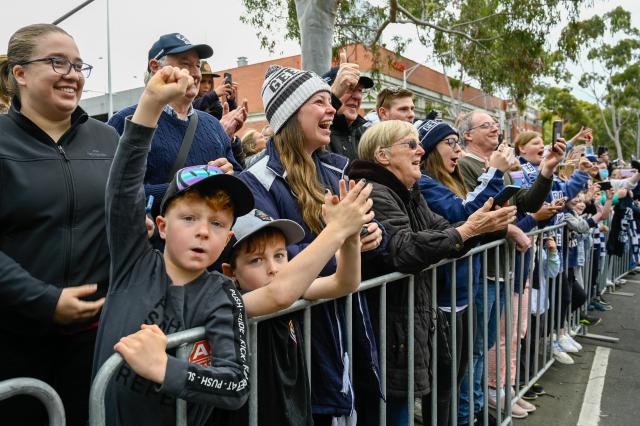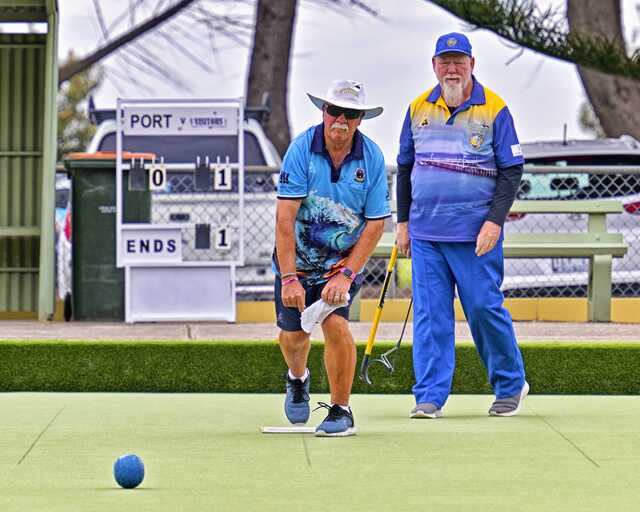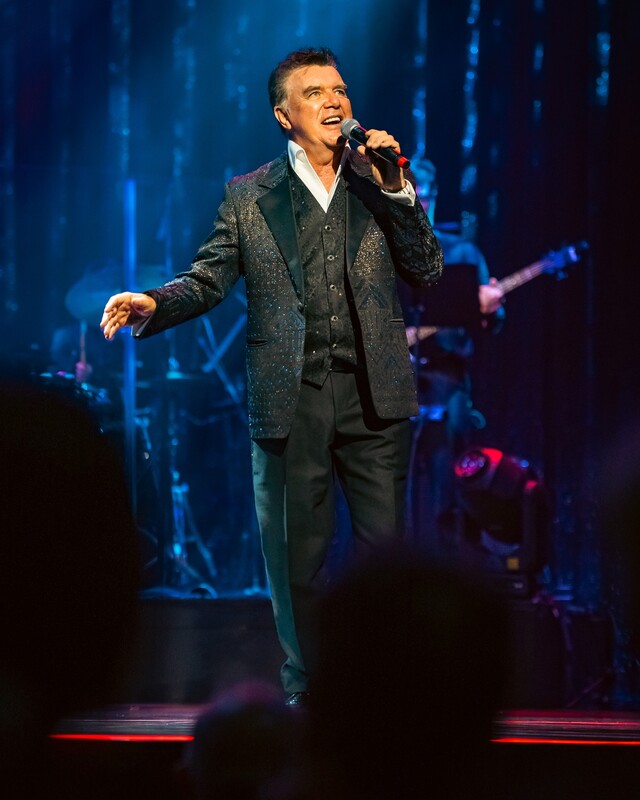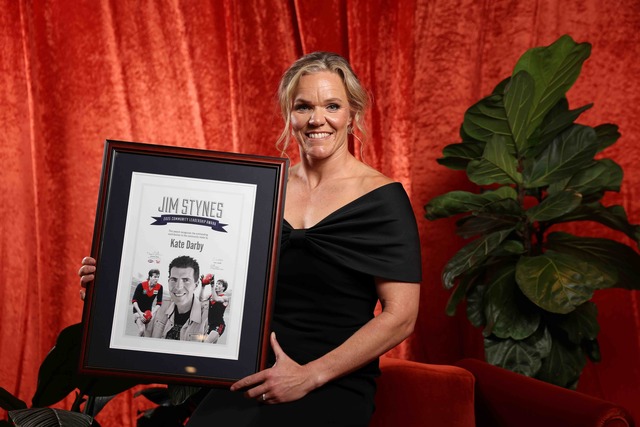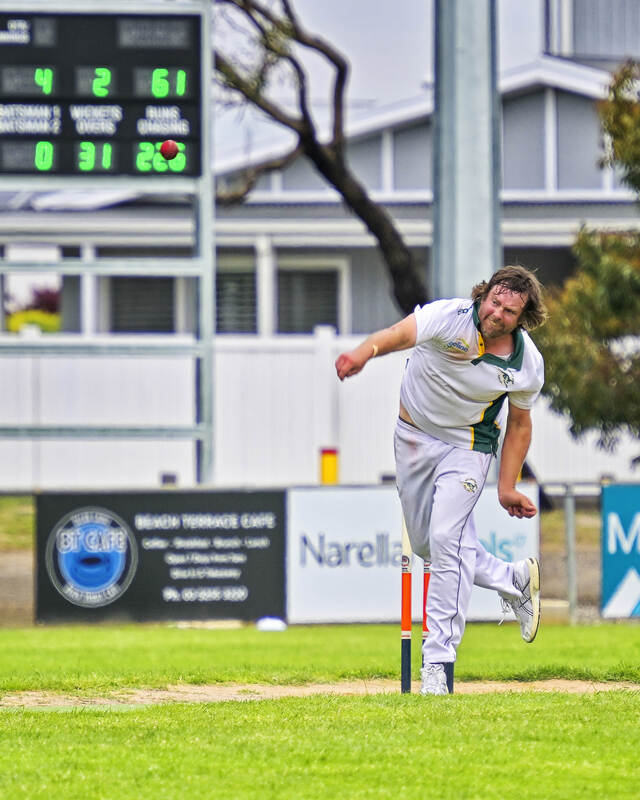Geelong’s AFL premiership win against Sydney did more than just boost morale throughout the region.
Greater Geelong enjoyed an economic uptick during the celebrations with spending on dining and entertainment increasing by $4.8 million compared to the August/September average.
City of Greater Geelong’s analysis of Spendmapp data by Geografia between Monday 19 September to Sunday 25 September found visitors to the region were primarily behind the 26 per cent jump.
While the long weekend contributed to visitors spending more, the increase also occurred from Monday to Thursday.
In the three days before the grand final on Saturday 24 September, residents and visitors spent an extra $3.4 million on groceries and specialised food retailers, such as delis, bakeries and bottle shops.
A large proportion of this additional spend was from residents, suggesting that locals spent more on preparing for grand final parties and entertaining at home, rather than eating out and enjoying external entertainment.
The suburb of Geelong enjoyed sustained increased spending on dining and entertainment during work hours in the week before and after the game. This averaged out to $235,000 additional spend every day, on par or well above expenditure on a typical Friday.
On Tuesday 27 September, the Cats were presented to the public with a parade and spending on dining and entertainment rose $242,000 compared to an average Tuesday.
Councillor Peter Murrihy, chair of the Economic Development portfolio said local businesses contributed to an electric grand final week in Greater Geelong.
“The region’s businesses met increased demand with gusto and provided products and services that added something special to celebrations,” he said.
“The $4.8 million in increased dining and entertainment spending has strengthened businesses, supported local jobs and produced significant benefit to our economy.”
The City’s costs to provide Grand Final week celebrations, such as the street parade and events support, totalled $189,600.
The estimated value of the economic, reputation and social benefits from these festivities were in excess of $13.5 million, representing a return of $70 for every $1 the City invested.

